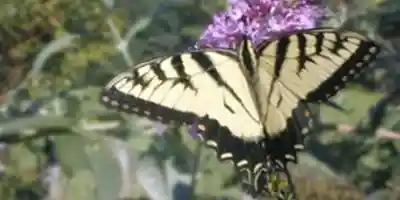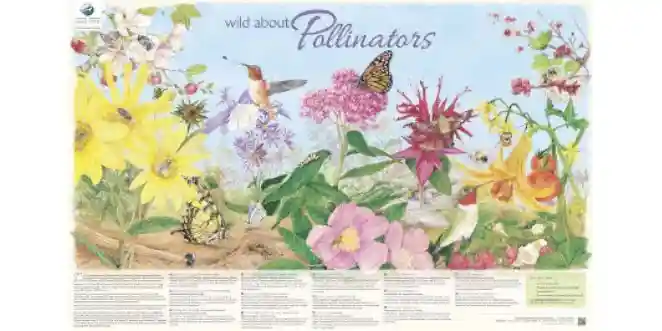The goal of every living organism, including plants, is to create offspring for the next generation. Nature invented sexual reproduction as a mechanism for life to move forward, a life-force that passes right through us and makes us a key link in the evolutionary chain. As children, we were taught about the mystical act that regenerates life over and over again and it’s in that act – the act of Pollination – that over a third of the food we eat is made available to us.

Pollination occurs when pollen grains are transferred from the anther / stamen (male part of a flower) to the stigma (the female part) fertilizing it and in turn producing seeds, fruits, and flowers. Though some plants rely solely on the elements to carry and spread their seed, over 75% of all flowering plants on Earth need help with pollination, and that’s where the intrinsic and mutualistic relationship between plants and animals comes into play.

Oftentimes, honey bees come to mind when people think about pollination. However, over 25,000 species of bees, as well as many insects, moths, butterflies, birds and small mammals play a vital role in the reproductive act of thousands of plant species. In turn, the pollinators are rewarded for their role with nourishment and vitality. There is no one without the other, and this naturally occurring relationship is a love story that feeds the earth.
Pollinators are the key to reproduction of wild plants in our fragmented global landscape. Without them, our diets would be severely limited, and it would be more difficult to acquire the variety of vitamins and minerals that we need to maintain homeostasis. In addition to the food we eat, pollinators benefit our environment through the support of healthy ecosystems that clean the air, stabilize soils, and support other wildlife. Without them, existing populations of plants would decline; even if soil, air, nutrients, and other life-sustaining elements were available. If you were to look at pollination from an economic standpoint, pollinators add 217 billion dollars to the global economy. Honey bees alone are responsible for one to six billion dollars in agricultural productivity in the United States.
After thriving for over 50 million years, the bee population has been in rapid decline since World War II. There are only half the number of managed hives in the United States since 1945, because we changed our farming practices. We stopped planting cover crops such as Alfalfa and clover, which naturally fertilize and provide required nutrients for bees. In turn, we began using synthetic fertilizers, herbicides, and pesticides that are not only harmful to humans, but fatal to our pollinators.

Over the last 50 years there has been a 300% increase of crops that require reproductive assistance from pollinators like bees. This upward trend in crops is happening alongside an inverse trend in the population of bees and other essential pollinators; begging the question – What can we do to protect our pollinators?
It’s actually an easier, more hopeful answer than you’d think. Whether you live on a rural farm or an urban apartment, you can make a difference.
Educate and communicate!
The fact of the matter is – we NEED pollinators, and they need us now more than ever. By investing the time to gain knowledge and spread such information, a ripple effect is created and that alone can have a dramatically positive impact.
Plant pollinator friendly plants
You don’t need a fancy garden, yard, or even a green thumb to encourage pollination. All it takes is a little time and effort. By looking into native flowering plants where you live, or seeking advice at a local nursery, all you need are some seeds, (or even a mature plant) some nourishing soil, a planter, and a little time to offer some TLC.
Don’t contaminate plants with chemicals
Though invasive pests and weeds are oftentimes an unavoidable consequence that comes with gardening, there are natural remedies for these afflictions, such as neem oil, diatomaceous earth, or plant-based soap sprays.
Explore and shop local
You can support farmers and beekeepers by purchasing locally produced honey and organic produce; in turn supporting the many critters we call pollinators! There are also farmers markets, local non-profit communities, and farm volunteer opportunities available to those wanting to be a part of the restoration of our land.
With the expansion of crop monoculture, the farms that once sustained pollinators are now dominated by flowerless landscapes, pesticides and only one or two crops, such as corn and soy. We have begun systematically eliminating the flowering plants habitats that bees and their pollinating co-conspirators depend upon, but it’s not too late to take action in the fight for our cohabitants.





